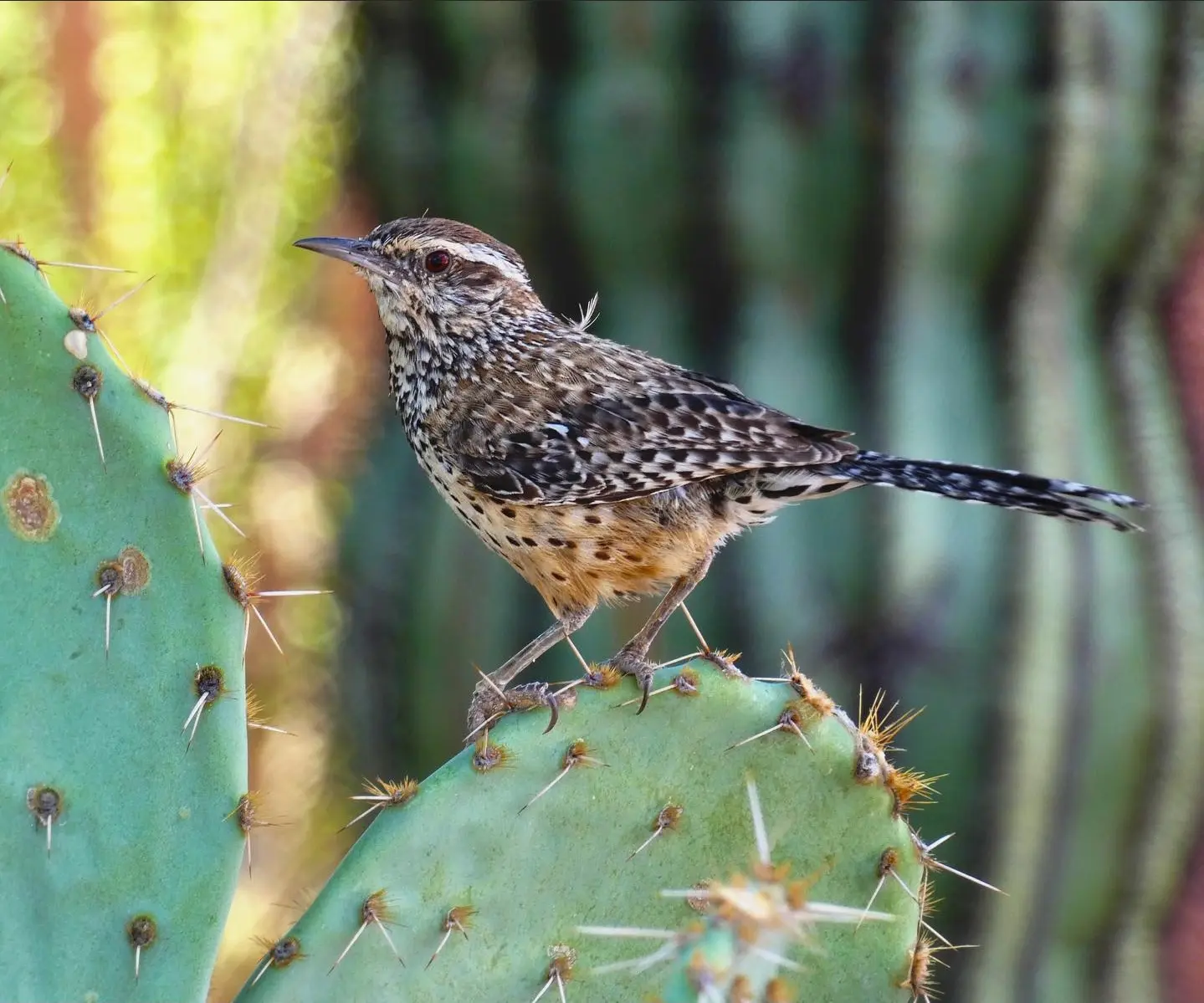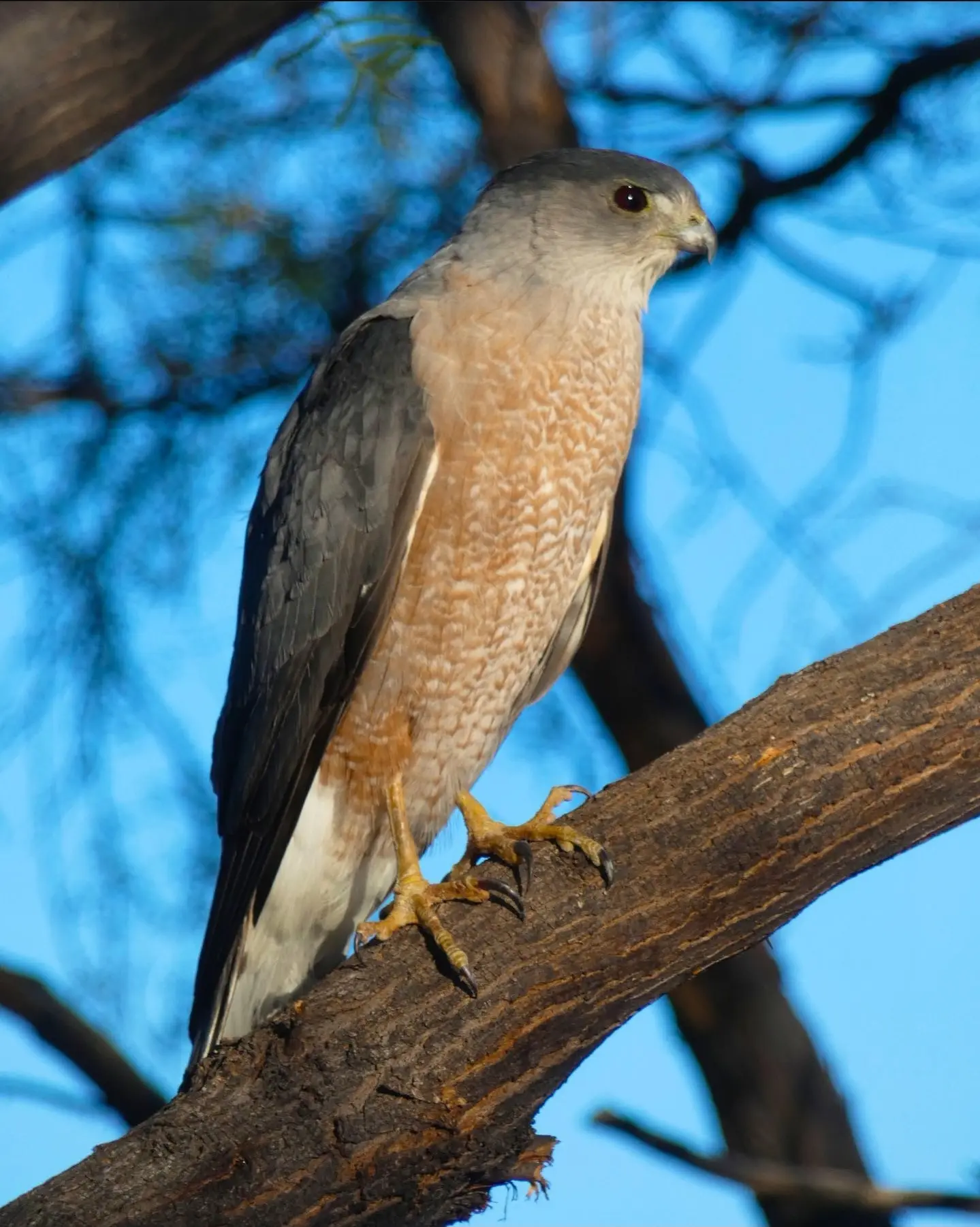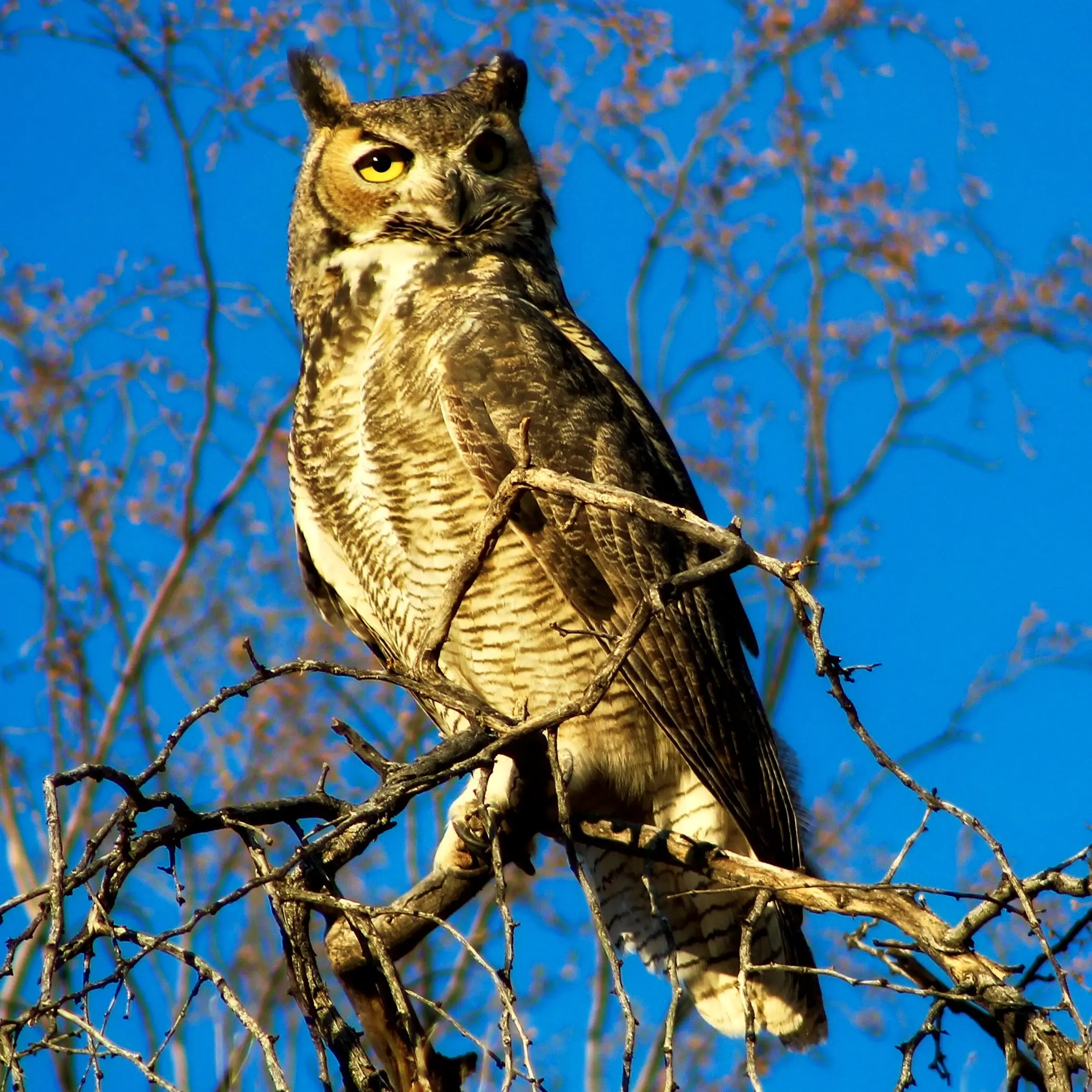Cactus Wren
Lifespan • 7 to 10 years.
Diet • Fruit pulp, seeds, ants, grasshoppers, beetles, and other arthropods.
Habitat • They will construct their nest out of grasses and other annual plants. Often including scraps of cloth and other woven fibers that they find. They will build this nest usually in cholla, but also in palo verde, acacias, and saguaros.
Additional Info • State bird of Arizona.
While the female is incubating on clutch of eggs, the male wren builds another nest. This nest will be used or a second clutch of eggs as the parents may rear several broods of young in one year.
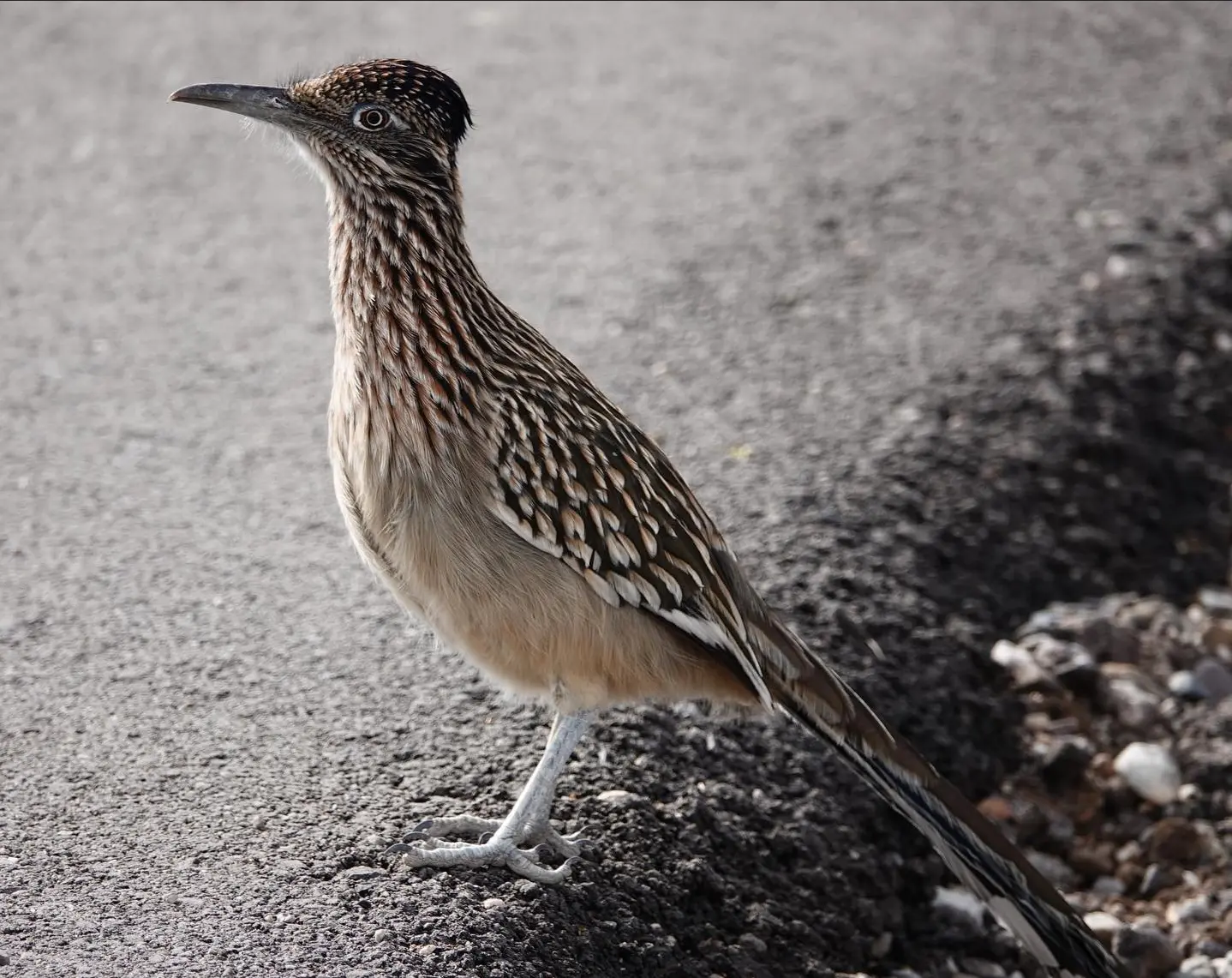
Greater Roadrunner
Lifespan • 7 to 8 years.
Diet • Any animal small enough for it to kill and ingest including small birds, snakes, insects, lizards, and mice. Also some fruits and seeds.
Habitat • Preference is open country, desert, open pinon/juniper habitat.
Additional Info • Hunting is done by walking briskly and running toward prey once it is located. Jumping straight up in the air when small birds or flying insects are overhead. Using its long tail as a rudder for maneuvering while running.
The pair bond in this species may be permanent. Pairs are territorial all year. Courtship displays include (but are not limited to)senting the mate with twig or piece of grass and chasing each other.
The nest constructed of twigs is frequently found in cholla, mesquite, and palo verde.
If food is scarce, the larger older hatchlings will quickly seize all the food from the parents. Causing the younger, smaller ones to starve. Rarely do they all reach maturity. If there isn’t enough food available, these younger birds will be fed to the other stronger hatchlings.
Capable of running 15 mph, and rarely flies.
The roadrunner has two toes pointing forward, and two toes pointing backward.
Cooper's Hawk
Lifespan • 12 years.
Diet • Mostly birds and small mammals. Feeding mainly on medium-sized birds. Also eats small mammals such as squirrels, mice, and bats. Sometimes eating reptiles and insects.
Habitat • Found among trees and with openings or edge habitat. Open woodlands and river groves. Amongst the sycamores and oaks.
Additional Info • At one time the Cooper’s Hawk was know as the “chicken hawk”. As it commonly preyed on poultry. Other names included swift hawk, striker, quail hawk, and big blue darter. As they have a preference for birds and were swift in nature.
Great Horned Owl
Lifespan • 8 to 10 years.
Diet • Large insects, reptiles, amphibians, other birds, small mammals including skunks and jackrabbits.
Habitat • Found in woods, mountain forests, and desert canyons. They prefer open areas to dense woodlands or nest sites close to the edge of a forest where they can hunt. They use abandoned stick nest of a hawk, heron, or crow, but also nest in rock alcoves, hollows of trees, and sometimes on the ground.
Additional Info • Owls have four toes on each foot like most birds. However instead of having three toes in front and one in the back, the outer toe is reversible. It can rotate so that there are two toes in front and two in the back. This provides for a bigger grasp of it’s prey.
It’s facial disk is shaped like a shallow bowl. This shape creates a parabolic dish to help funnel sound into the ear openings.
To give them a more stealth approach upon their prey, their feathers are soft as fleece. This deadens the sound of air rushing over the feathers while in flight. While the front edge of their wing is toothed like a hand saw. This helps wind to pass over the wings in noiseless flight.
Excellent low-light eyesight and hearing.
Owls do not build their own nests. They rely on old raven and hawk nests as they lay their eggs earlier in the year than most species.

Vermilion Flycatcher
Lifespan • 4 to 5 years.
Diet • Insects and other arthropods. Among the insects know to be taken are grasshoppers, beetles, flies, and bees. They are a sit-and-wait predator. Sitting on perches, and then flying down to catch a single insect one at a time. Sometimes they capture prey to their perch and beat it before consuming it.
Habitat • Desert scrub and riparian woodlands.
Additional Info • The are monogamous, which means that the male and the female have only one partner.
In order to attract the female during the mating season, the male offers her a butterlfly or other showy insect.
During the breeding season, they become aggressive and strongly guard their nests from other birds. When they need to chase away an intruder, males will raise crests, pump and fan their tails, and make some sounds with snapping bill.

Western Tanager
Lifespan • 7 to 8 years.
Diet • Insects and small fruits. ften hoveing over wasp nests to raid for larvae. And making frequent trips to flowers for both insects and nectar.
Habitat • Although usually found in coniferous forests in the mountains, thy are also found in the desert. Usually nesting in willow, cottonwood, or sycamore.
Additional Info • Males sometimes perform an antic, eye-catching display. A courtship ritual in which they tumble past a female showing their plumage of flashying yellow and black.
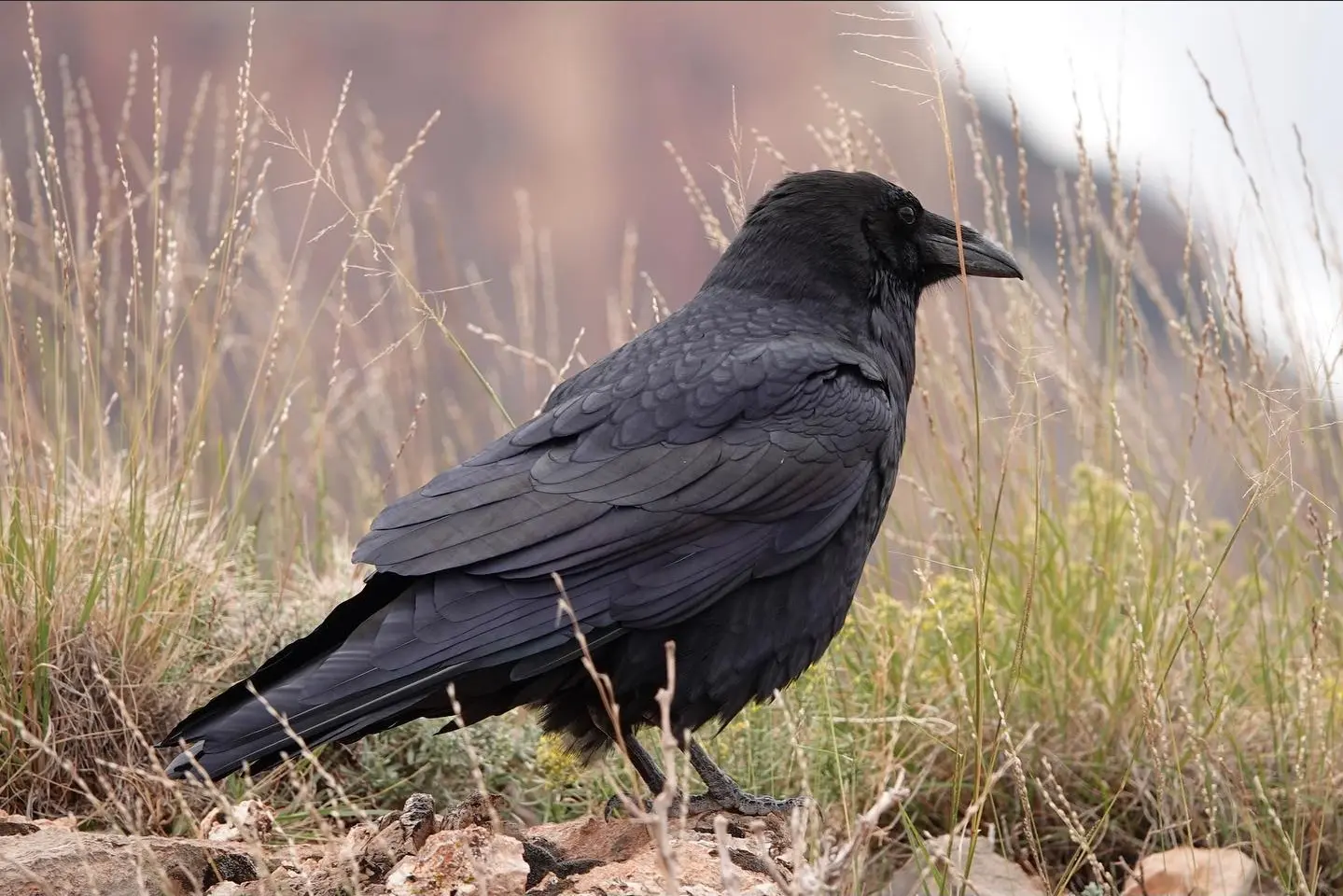
Common Raven
Lifespan • 10 to 15 years.
Diet • Omnivorous. Diet may include carrion, reptiles, amphibians, bird eggs, insects, and plant matter.
Habitat • From desert areas to dense forests. Most nests in the Sonoran Desert are found on cliffs.
Additional Info • Ravens courtship involves the male soaring, swooping, and tumbling in front of the female. They also soar together, then perch and preen one another. They mate for life.
The Raven is the largest member of the Passeriformes (songbirds or perching birds).
They may kill prey or chack open nuts by dropping them from a height onto a hard surface.
